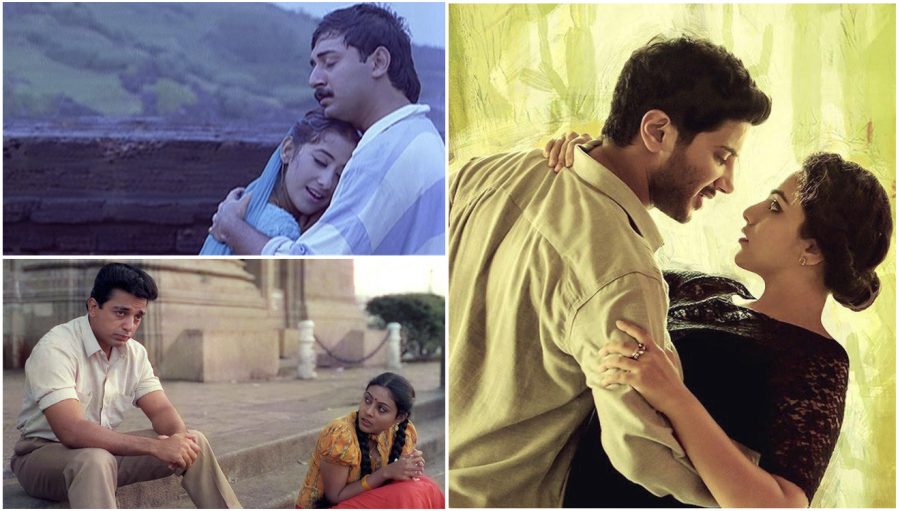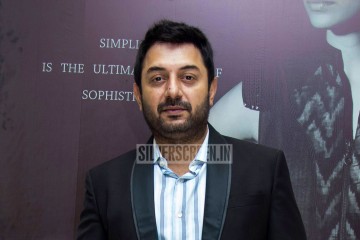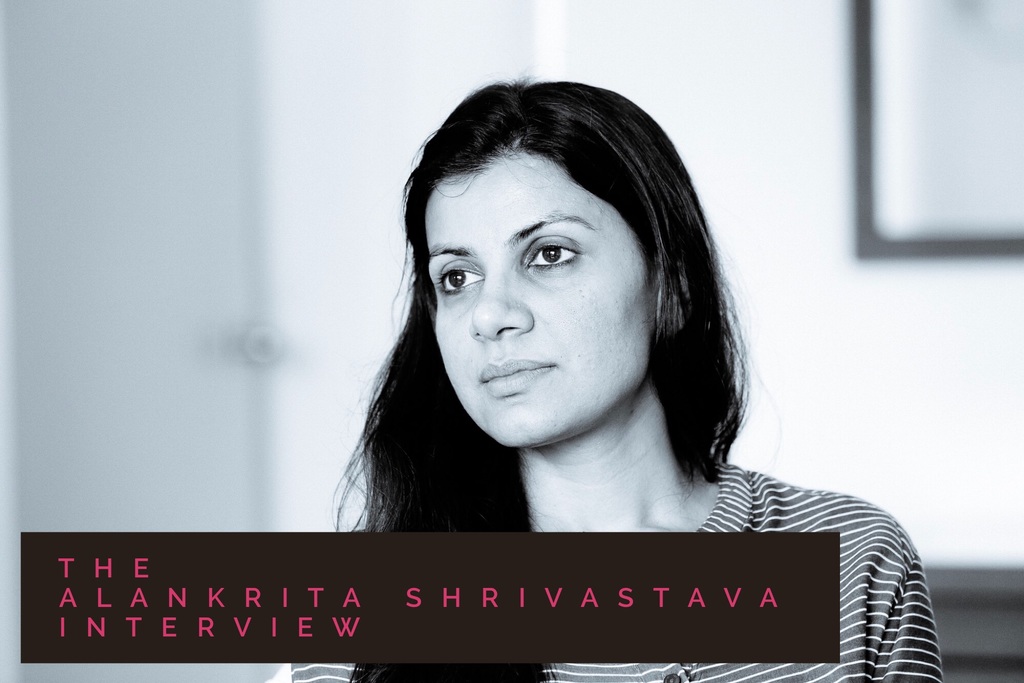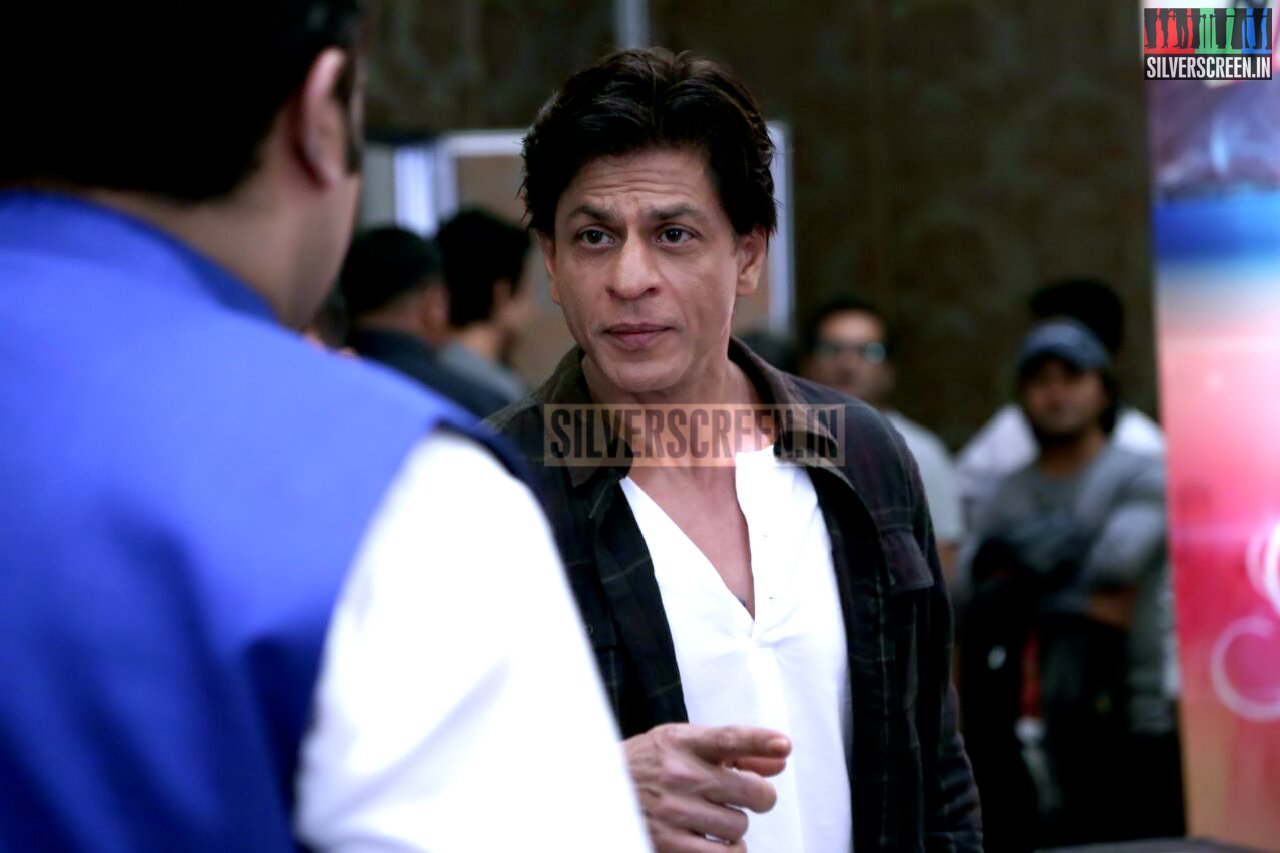Mumbai evokes extreme reactions – people will either complain about the teeming population, crumbling infrastructure and the economic disparity or brush aside these and vouch for the spirit of Mumbai. This love-hate relationship has often been translated on-screen with scores of filmmakers romanticising the megapolis or the idea of it.
It was in Mumbai that Kalidasa, the first talking motion picture in Tamil, was born. The 1931 film was shot in Mumbai, on sets made for Alam Ara, and ever since then, Tamil cinema has had a long-standing love for Maximum City. The city has charmed many Tamil filmmakers, who have gone on to make it a backdrop or a character in their creations.
Here’s a look at some of the Tamil films that showed the city at its best and worst.
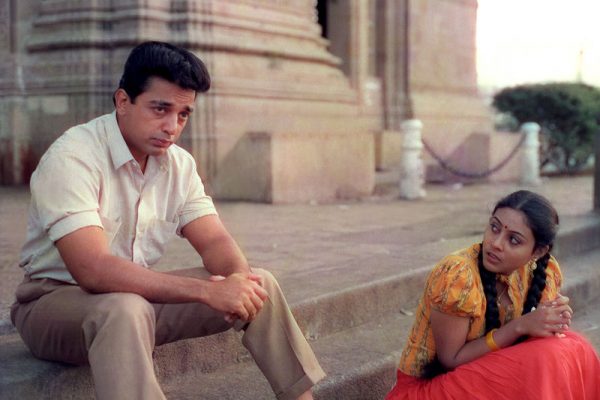
nayagan
Mani Ratnam’s 1987 blockbuster Nayagan, featuring Kamal Haasan, could be construed as the frontrunner for Kollywood films set in Mumbai. The film, based on real-life Bombay don Varadarajan Mudaliar, portrays the struggles of South Indians living in the metropolis. Hailed as one among the better-made gangster films, it perfectly captures the spirit of Mumbai. From Velu Nayakar’s kingdom of Dharavi to the shot of pigeons fluttering above the Gateway of India as Saranya and Kamal walk along for Nee Oru Kaadhal Sangeetham, every scene in this Mani Ratnam-Kamal classic remains fresh in the memory.

baasha
If Nayagan kicked off the craze for the vibrant city, Rajinikanth’s Baasha took it to the next level. “ Naan oru thadava sonna, nooru thadava sonna madhiri ” (If I say it once, it’s as good as having said it a hundred times) – One needs no effort to recollect this iconic dialogue from Superstar’s classic Baasha. The film was released in 1995 for Pongal and, over the years, has achieved cult status. Rajinikanth plays auto driver Manickam, who has a past set in Mumbai, where he used to be a dreaded don.
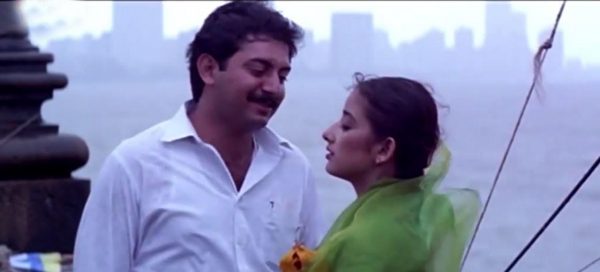
bombay
Mani Ratnam’s Bombay portrays the love story between a Hindu boy Shekar (Arvind Swami) and a Muslim girl Shaila Banu (Manisha Koirala). However, the film travels beyond the usual love story, and goes on to portray the Hindu-Muslim riots in Mumbai. Like all Mani Ratnam films, this too is rich in detail. After spending weeks gathering information about the riots from newspapers, magazines and videos and visiting the riot-hit areas, the makers of the film carefully transcribed the details onto the sets.
Unlike Nayagan or Baasha, Mumbai’s presence in Bombay receded into the background. Most of the film was shot on sets erected in Madras, but it is hard to tell. Be it the Babri Masjid debacle or the bloodshed and gore during the riots, the genesis and the appalling fallout of the incident were chronicled well in the movie.
While these films portrayed Mumbai’s slums and dingy police stations, films made after 2000 had a completely different take on the city.
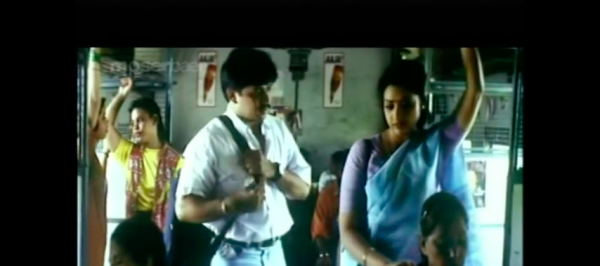
Screen Shot 2018-06-19 at 3.28.12 PM
The 2000 romantic drama Rhythm explored the city of Mumbai through the eyes of a common man. Karthik (Arjun) and Chitra (Meena) live in Mumbai and deal with a tragic past. At some point, they fall for each other. Just like the plot, the camerawork is kept simple, featuring Mumbai’s cramped apartments, its crowded local trains, beach and other locations that are a vital part of the daily life of Mumbai’s middle-class.
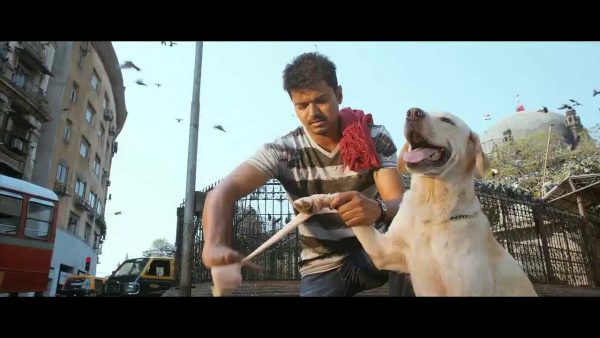
thuppakko
Vijay’s Thuppakki, where the actor plays an Army officer from a Mumbai-based Tamil family, was shot in real locations through hidden cameras. The thrilling action sequences were filmed in various parts of the city. The film set the cash registers ringing by becoming the first film of the actor to enter the Rs 100-crore club.
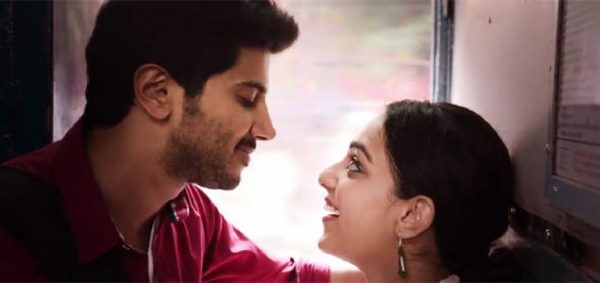
okk
Unlike other films, new-age love story O Kadhal Kanmani depicted an imaginary Mumbai, filed with charm and vibrancy. PC Sreeram’s camera effortlessly captured all things bright and beautiful in the spirited city, bringing to life the youthfulness of the place.
However, on the flip side, the film had some ‘too good to believe’ sequences such as a landlord not having issues with a tenant living-in with his girlfriend or the near-vacant trains and buses in which Aadhi (Dulquer Salmaan) and Tara (Nithya Menon) travel. Mumbai’s local transport going vacant could probably happen, but only if a dinosaur was on the charge! Also, a city such as Mumbai could have easily been used to portray Tara’s love for architecture.
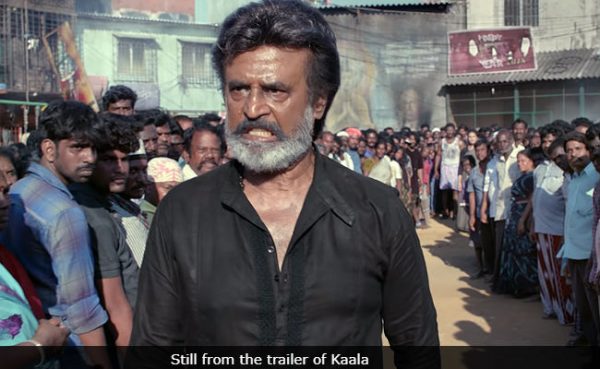
kaala
Last but not the least, the list would remain incomplete without a mention of Rajinikanth’s recent film Kaala, in which Dharavi is a principal character. The film sees the star play Karikaalan, a powerful yet righteous gangster who is the voice of migrant Tamils in Dharavi. Kaala’s picturisation was rich even when the camera rested on the Dharavi slums. A few shots were filmed in South Bombay, including Kala Ghoda, Marine Lines, Wadala and Dharavi, after which sets were raised in Chennai for shooting the remaining sequences.
The long-standing love affair is not confined only to Tamil cinema. Bollywood filmmakers have also explored the length and breadth of the city through films such as Bombay Talkies, Page 3, Wake Up Sid and City Lights. Similarly Malayalam films such as Annayum Rasoolum, My Boss and Kammattipadam also brought to light the true spirit of Mumbai.
To sum it, as Salman Rushdie said: “You can take the boy out of Bombay, you can’t take Bombay out of the boy, you know!”
